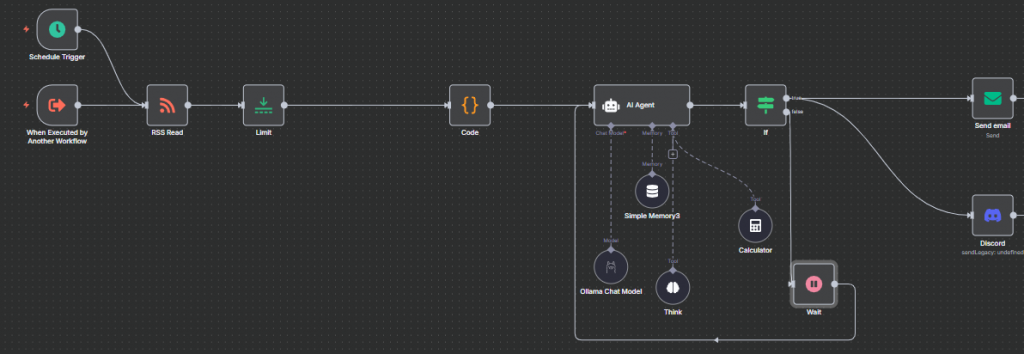
N8N – Network
The Vector-Powered Network Engineer: Revolutionizing Network Management

Why the Future of Network Engineering Needs Vector Databases — And Why I’m All In
Let’s face it: networks today are way more complex than they used to be. With everything from IoT devices to BYOD (Bring Your Own Device) and tons of cloud apps, managing all that traffic is no joke. Traditional network monitoring just can’t keep up with the flood of data pouring in. We need smarter tools that don’t just watch but actually understand what’s going on — and react before things break.
That’s where what I call the Vector-Powered Network Engineer comes in — a blend of old-school network know-how and cutting-edge data science, powered by vector databases. This combo isn’t just cool tech jargon; it’s a game changer for boosting network efficiency, security, and innovation.

The Foundations: Networking Skills Still Matter
Before diving into fancy tech, let’s be real: you’ve got to know your basics.
- Network design & architecture — creating scalable, secure, and efficient networks is still the bread and butter. That includes stuff like Software-Defined Networking (SDN) and Network Function Virtualization (NFV) for more flexibility.
- Implementation & troubleshooting — turning designs into reality and fixing problems fast to keep latency low and services smooth.
- Security protocols — staying ahead of cyber threats like ransomware or Advanced Persistent Threats. When you’re working with cloud (AWS for me), you gotta understand the shared responsibility model and use tools like WAF, Shield, and GuardDuty to keep everything locked down.
What’s New: Vector Databases and Why They Matter
Here’s the thing: Vector databases are not your typical database. Instead of matching exact text or numbers, they look for similarities in high-dimensional data. Imagine turning complex network info — like logs, metrics, or traffic patterns — into vectors (think of these as numerical fingerprints). The database can then quickly find patterns, anomalies, or relationships you’d never catch with standard tools.
How Vector Databases Help Me in Network Engineering
- Catch anomalies early: By vectorizing logs and performance data, I can spot weird behavior — like security threats or network hiccups — way faster than traditional rule-based systems.
- Smarter routing: I map network traffic and topology into vectors, letting me make routing decisions based on what worked best in the past, cutting latency and boosting performance.
- Boost threat detection: Embedding threat signals and attack logs lets me rapidly match new events to known threats — kind of like an early warning system that learns and adapts.
- Resource planning: By analyzing loads and traffic trends as vectors, I can predict where bottlenecks might form and optimize resource allocation before problems even happen.
What’s In My Toolbox?
- Hardware & software: Cisco gear — plus network monitoring and management systems that keep me in the loop.
- Protocols & cloud networking: Deep knowledge of TCP/IP, OSPF, BGP, plus AWS VPC and VPNs to keep everything connected and secure.
- Vector database platforms: Pinecone — I use these to handle the high-dimensional network data.
- Programming & automation: Python for everything from pulling telemetry data to feeding it into the vector databases.
- Data science basics: Understanding machine learning and AI helps me turn those vectors into real insights and predictive actions.
Looking Ahead: What I’m Working On Next
- Bringing in more advanced AI models (think Graph Neural Networks and Reinforcement Learning) to make networks that heal themselves and allocate resources dynamically.
- Expanding alerts beyond email and Discord to other platforms — gotta meet people where they are.
- Exploring intent-based networking — where networks understand what you want and adjust automatically.
Final Thoughts: This is the Future of Network Engineering
Networks aren’t just pipes anymore — they’re massive data sources full of valuable info. To manage and secure them well, you have to move past old-school monitoring and embrace data-driven, intelligent solutions.
That’s why the Vector-Powered Network Engineer is such a big deal — blending solid networking chops with vector databases and AI to build smarter, faster, and more secure networks.
If you’re curious or want to chat about how this can help your setup, hit me up! Let’s build the intelligent networks of tomorrow, today.